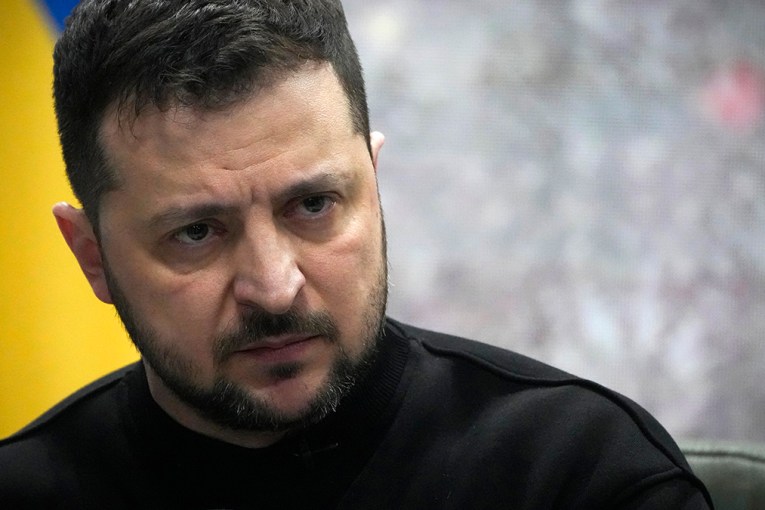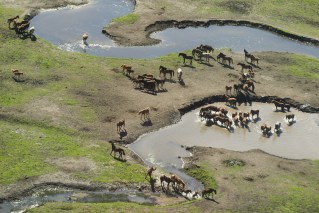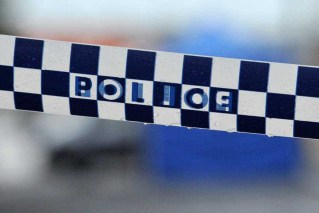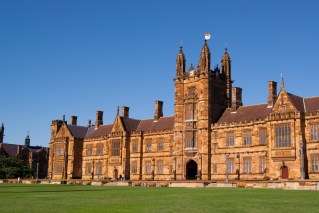As schools return so will traffic jams. Here’s why they’ll be worse

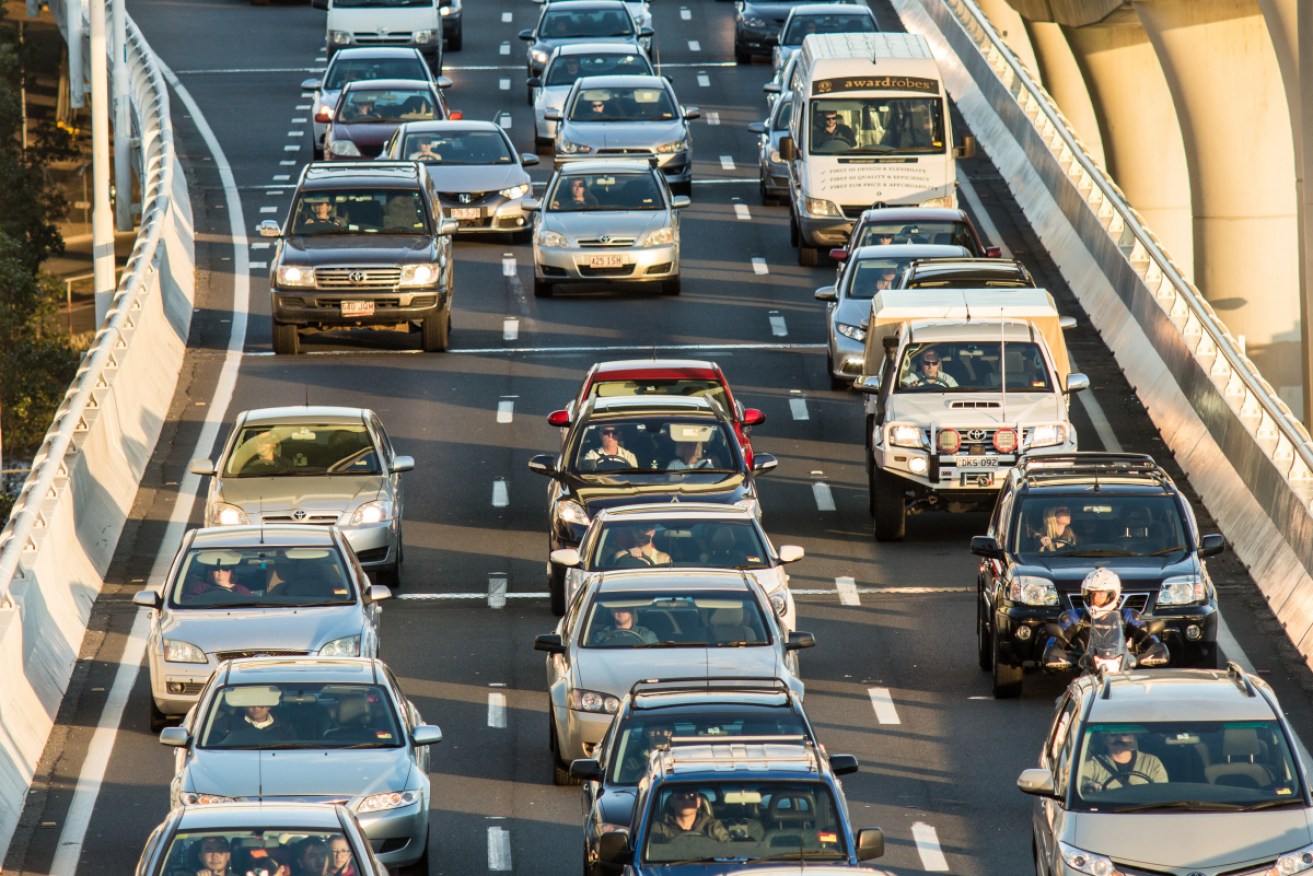
As we open up traffic jams are set to return. Photo: Getty
We’re coming out of lockdown and along with work reopening and schools back on, traffic jams will return too.
In fact, those gridlocked lines of cars we all hate are likely to be worse as Australians look for safer options to travel to and from work.
A recent study from the Institute of Transport & Logistics Studies at Sydney University found 84 per cent of respondents considered car travel their best option due to anxiety over catching coronavirus.
Public transport came in last, with 42 per cent finding buses the least preferable option, followed by trains at 33 per cent.
During the lockdown travel time more than halved in Australia’s cities, said University of Sydney Business School transport and logistics management lecturer Dr Geoffrey Clifton.
“We’ve seen very large falls in traffic across Australia,” he said.
“The areas with the greatest falls are around schools and offices.
“The eastern suburbs and North Shore of Sydney and the inner city of Melbourne for instance.”

As children go back to school we’ll have more cars on the road. Photo: Getty
In Sydney alone, traffic congestion has halved across the city and is down 60 per cent on busy roads like the Harbour Bridge, according to state government data.
“During the lockdown, travel times fell up to 60 per cent in parts of Sydney. And that would be the same around the rest of Australia,” Dr Clifton said.
“Other places only saw 10 per cent, and those are the places where most of the traffic was where there are more factories, more tradies and more medical facilities.”
As Australians look for safer transport options congestion will get worse, said Dr Clifton.
“Two things are going to happen. First, it will be much much worse than in recent months, then the second is, that we’ll see less public transport usage than before the lockdown started, and so as a result we can expect to see that traffic volumes will pick up significantly,” he said.
Not only will fewer people take public transport, but the networks will also struggle to accommodate social distancing rules, he said.
“The issue is there never was the capacity, most of our public transport networks were already operating at capacity,” he said.
“And now we’ll have to reduce the capacity by 70 per cent. Two-thirds of the capacity is gone but those passengers aren’t. If people start to use public transport again, particularly with school kids, that will have big implications, a lot of congestion.”
There has already been a surge in the use of car-sharing apps as people went back to work last week, according to Car Next Door.
Melbourne woman Josie Baynes, who rents her car on the platform, said she had seen a huge spike in bookings in the past week when people went back to work.

Melbourne woman Josie Baynes said she’s seen a spike in bookings.
“I’ve been renting out my car for three years, at the moment. The last three months have been an interesting time to have a car on a car-sharing platform,” she said.
“Before coronavirus, it was booked out three or four times a week. Then for a few weeks, it went dead and now it’s picked up way more than before.
“It’s the busiest it’s ever been.
“At the moment, it does change week by week, but it would be four to five bookings. For the coming week, it will be booked out every day.”
Some casual workers have been forced to catch public transport because they are earning less since lockdown – and they say it is busy.
“Basically, I’m a casual, so Uber is already pretty much a luxury because it’s rather expensive,” said one retail worker, who did not want to be named.
“But then my hours got cut because of COVID-19 and I am earning a lot less. Public transport is my only option.
“That seems to be the same for a lot of others because every time I’m on the bus people have to stand because there are so many of us.”
Our cities currently aren’t set up for us to move around safely in the post-pandemic world, so we’ll have to adapt said, said Dr Clifton.
“Until we can relax social distancing requirements transport networks will be congested, on the roads and on public transport.
“The message is clear, don’t use public transport unless you have to keep it for essential workers, school children and people who don’t have an alternative.
“If you have to try and stagger your travel, that means school children leaving a bit earlier if they can. Workers, if they can avoid peak times, that would be ideal.
“If you can, continue to work from home, we would strongly encourage that, all governments are encouraging that.
“Keep that flexibility.”
